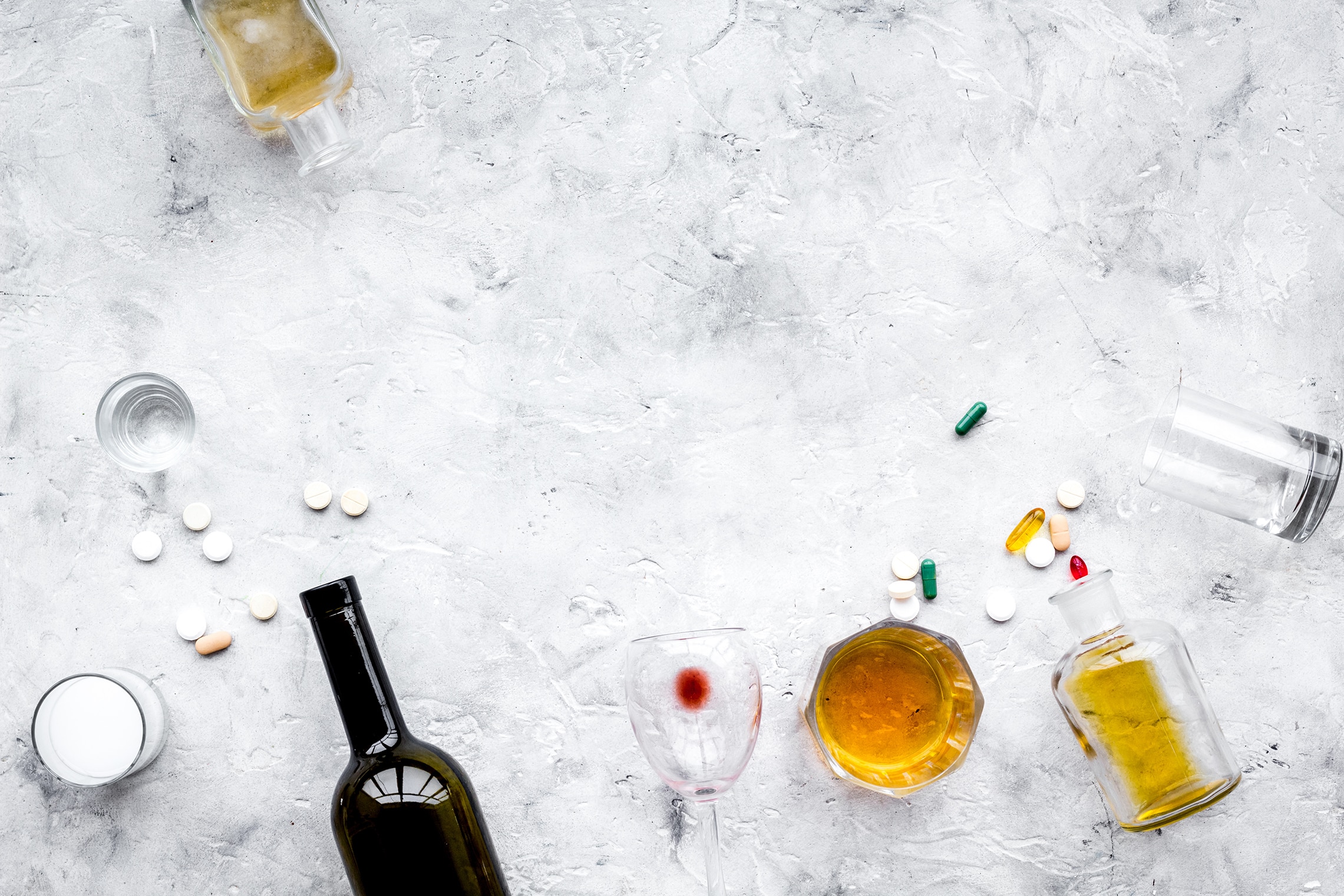Sex, Drugs, and Clubs?
The Summer Camp Music Festival took place last year in Chillicothe, Illinois. Over two days, undercover police seized 124 grams of ecstasy, along with other drugs. At least one man was found dead at the event, showing signs of an overdose. This event is just one example of many that demonstrate the kind of drug environment commonly present with EDM.
But what is it about ecstasy specifically that makes it a popular drug to pair with this style of music? As a stimulant drug, ecstasy speeds up the central nervous system and increases activity in the brain. This causes a large amount of dopamine, resulting in high levels of energy and alertness. People listening to these songs with a strong melody and upbeat tempo turn to ecstasy as a way to increase their enjoyment of it, as well as the dancing and communal aspect that normally goes with this music in the club scene.
Dr. Rick Doblin, founder of the Multidisciplinary Association of Psychedelic Studies (MAPS), says the accepting and wholesome nature of this music makes it a “spiritual” function for many people, and that ecstasy is used to intensify users’ intimate experience with one another. Under the influence of ecstasy, the senses are heightened, color is enhanced, and users experience feelings of increased empathy. Many users prefer to use this drug as a way to increase pleasure during sexual activity, and sometimes EDM, ecstasy, and sexual activity go together.
Deadly Cultures
But this club drug culture is not a new thing to ecstasy or to EDM. This pattern existed before the debut of EDM in things like the disco movement, where cocaine use was prevalent. Many of the most popular DJs in the EDM genre understand their success as a genre is indebted to the disco movement. When the disco movement came to an end in the late 1970s, EDM was the next genre to take its place. It has grown from the underground music industry to a mainstream, international phenomenon. It is no accident that these music industries have become associated with the drugs of their times. For many, drugs are simply an essential part of the full experience.
The context of ecstasy use is different from other drugs, especially when thinking about their prevalent use in clubs and music festivals. Those who are worried about the connection between drug use and violence might look at ecstasy as a harmless drug not worthy of focus, especially since it is popularly used for music and pleasure, not violence.
However, it’s important to remember that ecstasy is an illicit drug that cannot be guaranteed as a “pure” substance. This means there are a host of unknown outcomes that come with the territory of choosing to use ecstasy, including drug mixing. A dealer might mix a hit of ecstasy with cocaine to increase energy levels when the drug is taken. Now the stakes involved with drug cutting are raised even higher because there is no way to know whether someone is taking ecstasy mixed with pure cocaine or ecstasy mixed with all kinds of filler drugs. The current danger of dealers using fentanyl to cut drugs makes the risk of dying higher than ever before.
March to the Beat of a Different Drum
Even with pure ecstasy, side effects and drug interactions can vary from person to person. The risk factor of overdosing on stimulants increases dramatically with physical exertion because of the strain it puts on the body’s cardiovascular system. This means that ecstasy’s use in the club drug culture, a physically demanding culture, is especially dangerous. Even if an overdose does not take place, the risk of hallucinations and psychosis increases in users the longer they use the drug.
While ecstasy might not be associated with violent crimes, it still remains a dangerous drug with potentially deadly results. If you or someone you know is struggling with ecstasy use or addiction, it is important to get professional help immediately.




